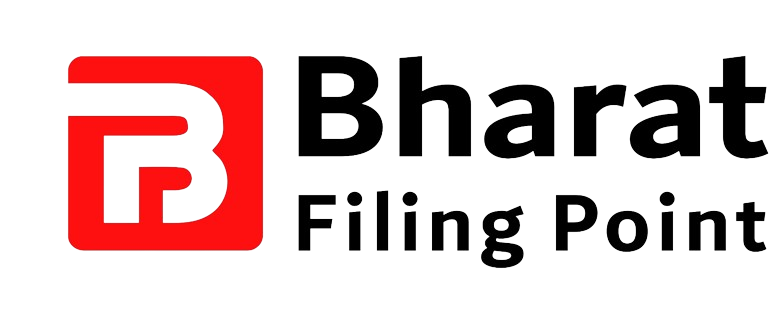Unlock the secrets of protecting your designs with our comprehensive step-by-step guide to design registration – don’t miss out!
Table of Contents
- Trademark Registration Process in India
- Trademark Infringement and Enforcement in India
- Renewal and Transfer of Trademarks in India
- Expedited TM Registration in India
- USA Trademark Registration
- International Trademark Registration
- Logo Designing and its Importance for Trademarks
- Design Registration Process in India
- Conclusion
Design registration plays a crucial role in protecting intellectual property rights, particularly for businesses and designers looking to safeguard their unique creations. In this comprehensive guide, we will delve into the intricate world of trademark and design registrations in India and abroad, highlighting the key processes, legal frameworks, and important considerations for individuals and entities seeking to secure their designs.
Before we delve into the specifics of design registration, it is essential to understand the concept of a trademark and its significance in the business world. A trademark is a unique symbol, word, or phrase used to distinguish and identify a company’s products or services from those of its competitors. Trademarks play a vital role in establishing brand identity, building customer loyalty, and protecting the goodwill associated with a particular business.
Trademark Registration Process in India
The trademark registration process in India involves several key steps, starting with the filing of a trademark application with the Trademark Registry. Once the application is submitted, it undergoes examination to ensure compliance with the relevant legal requirements. If the trademark application meets all the necessary criteria, it is published in the Trademark Journal for opposition by third parties. In case of opposition, a hearing may be conducted to resolve any disputes.
Trademark Infringement and Enforcement in India
Trademark infringement refers to the unauthorized use of a registered trademark by another party, leading to potential confusion among consumers and dilution of the trademark owner’s rights. In India, trademark infringement is a serious offense that can result in legal action, including the issuance of infringement notices and seeking remedies through the court system.
Renewal and Transfer of Trademarks in India
Trademark renewal is a crucial aspect of maintaining the validity of a registered trademark in India. The renewal process typically involves filing a renewal application and paying the requisite fees within the stipulated time frame. Additionally, trademark owners may also choose to transfer their trademark rights to another party through a legal process known as trademark assignment.
Expedited TM Registration in India
Expedited trademark registration offers a quicker and more streamlined process for obtaining trademark protection in India. This option is particularly beneficial for businesses looking to secure their intellectual property rights promptly and efficiently, reducing the time and resources required for traditional trademark registration.
USA Trademark Registration
Trademark registration in the United States follows a slightly different legal framework compared to India. The process involves filing a trademark application with the United States Patent and Trademark Office (USPTO) and navigating the intricacies of US trademark laws and regulations. Understanding these differences is essential for businesses seeking international trademark protection.
International Trademark Registration
International trademark registration offers a convenient and cost-effective way for businesses to protect their trademarks across multiple jurisdictions. The Madrid Protocol is a widely recognized international treaty that facilitates the registration of trademarks in multiple countries through a single application, simplifying the process of securing global trademark protection.
| Step | Description |
|---|---|
| 1 | Understand the Basics |
| 2 | Identify Your Design |
| 3 | Conduct a Search |
| 4 | Prepare and File Application |
| 5 | Examination Process |
| 6 | Receive Registration Certificate |
| 7 | Renew Design Registration |
Logo Designing and its Importance for Trademarks
Logo designing plays a crucial role in creating a strong visual identity for a business and establishing brand recognition among consumers. Logos are often key components of trademarks and play a significant role in shaping consumer perceptions and preferences. Design registration offers legal protection for logos, ensuring that businesses can safeguard their unique visual assets.
Design Registration Process in India
Design registration differs from trademark registration in that it focuses on protecting the aesthetic and ornamental aspects of a product or design. In India, the design registration process involves filing an application with the Design Registry and meeting the necessary legal requirements to secure design protection. It is essential for designers to understand the distinctions between trademark and design registration to effectively protect their intellectual property rights.
Conclusion
Trademark and design registrations are essential tools for businesses and designers looking to safeguard their creations and establish a strong foundation for their intellectual property rights. By following the step-by-step guide outlined in this comprehensive overview, individuals and entities can navigate the complexities of trademark and design registrations in India and abroad, ensuring the protection and preservation of their valuable intellectual property assets.
FAQ
What is the difference between trademark and design registration?
Trademark registration protects symbols, words, or phrases that distinguish products, while design registration safeguards the aesthetic aspects of a product’s design.
How can I expedite the trademark registration process in India?
Expedited trademark registration in India offers a quicker process for obtaining trademark protection, reducing time and resources required for traditional registration.
Can I register my logo for trademark protection?
Yes, logo design is a key component of trademarks and can be registered for legal protection to safeguard brand recognition.
Is international trademark registration possible?
Get
Yes, the Madrid Protocol facilitates international trademark registration in multiple countries through a single application, simplifying the process of securing global protection.

